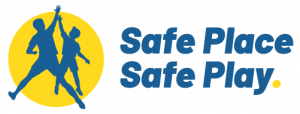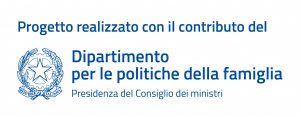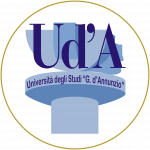Is sports always a safe place for young people?
The sporting environment can be a place of growth and development, supporting young people in a difficult life phase and in the delicate transition from childhood to adult life. Physical activity is associated with numerous physical benefits such as muscle and bone strengthening, but also psychological benefits, such as the development of social and emotional skills, self–esteem, self–efficacy, problem-solving, and communication, powered by the continuous interaction with peers. However, sport is not always a safe place for young people, as the same types of violence that are perpetrated in families and communities can also happen in the sporting context.
What is child maltreatment?
The WHO (World Health Organization) defines maltreatment as “the abuse and neglect that affect children under 18; this includes any kind any physical and/or emotional maltreatment, sexual abuse, neglect, and exploitation for commercial or other purposes that results in actual or potential damage to the health, survival, development, or dignity of the child in the context of a relationship of responsibility, trust, or power.” Child abuse can occur regardless the factors such as age, gender, or the ability of the child, and can involve adult or peer abuse, with bullying and malpractice episodes.
What are the possible types of violence in sports?
International Olympic Committee consensus statement: harassment and abuse (non-accidental violence) in sport (2016) identifies multiple forms of child abuse, including:
What are the consequences of abuse on the young athlete’s physical and psychological health?
The kinds of violence and physical and emotional abuse perpetrated in the sports environment can have serious consequences. About the body, e.g.:
On the other hand, about the effects on minors’ psyches, possible consequences can be:
Bullying and sports
Bullying is a widespread and often underestimated phenomenon. The term refers to repetitive and intentional aggressive behavior toward a peer, carried out by a single bully or a group of peers. The victim suffers psychological and often physical violence, with serious risks to their wellbeing, psychological suffering, and social exclusion. Bullying is very common in schools, but also on the web, where it takes on the character of cyberbullying when aggressive behavior is carried out through technological tools. Even in a sporting environment, bullying and unfair practices can occur, with physical and psychological humiliation, insults, and assaults, which can be carried out by teammates in the locker room or through the diffusion of videos or other materials online.
Can Italy be considered a country where youths play sports?
ISTAT President Giorgio Alleva in 2017 illustrated the results of the “I cittadini e il Tempo libero” a survey conducted in 2015, highlighting that:
In addition, according to CONI estimates, in 2017 there are about 2,666,000 athletes under 18 (about 57% of members) in Italy: of these, 33% have between 8 and 13 years, while 8% have less than 7.
Sports maltreatment in Italy: a hidden phenomenon
In Italy, the child maltreatment phenomenon in sports is still hidden by a low presence of protection services. The survey by the CESVI Onlus Foundation (Regional Index on Child Maltreatment 2018 and 2019) shows that Abruzzo ranks 15th among regions for the presence of risk factors and services for potential abusers. These data concern the phenomenon of violence against minors in general because in Italy there are no estimates regarding maltreatment and violence against minors in sports environments. These data are also insufficient at the global level, as highlighted by the Unicef (2010) report “Protecting children from violence in sport”. In our country, several critical issues have emerged regarding actions to contrast and prevent violence against minors in sports. There is a lack of an evidence–based policy document and a code of ethics and conduct shared at the national level that also contains useful indications regarding prevention strategies, risk reduction and long–term resolution of the phenomenon. In addition, although Italy has an adequate legislative plan to protect children, there is a lack of training, information, and awareness initiatives on child abuse in sporting settings. In conclusion, in Italy and particularly in Abruzzo, there is a strong need to develop appropriate policies aimed at preventing and fighting this serious social problem.
Some questions to understand if your son or daughter is in a safe sports environment




